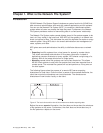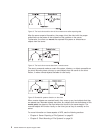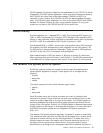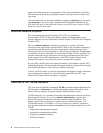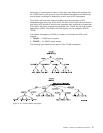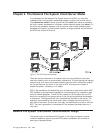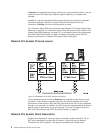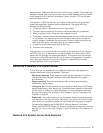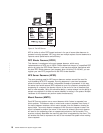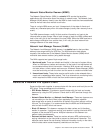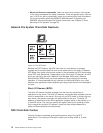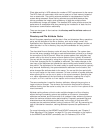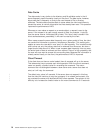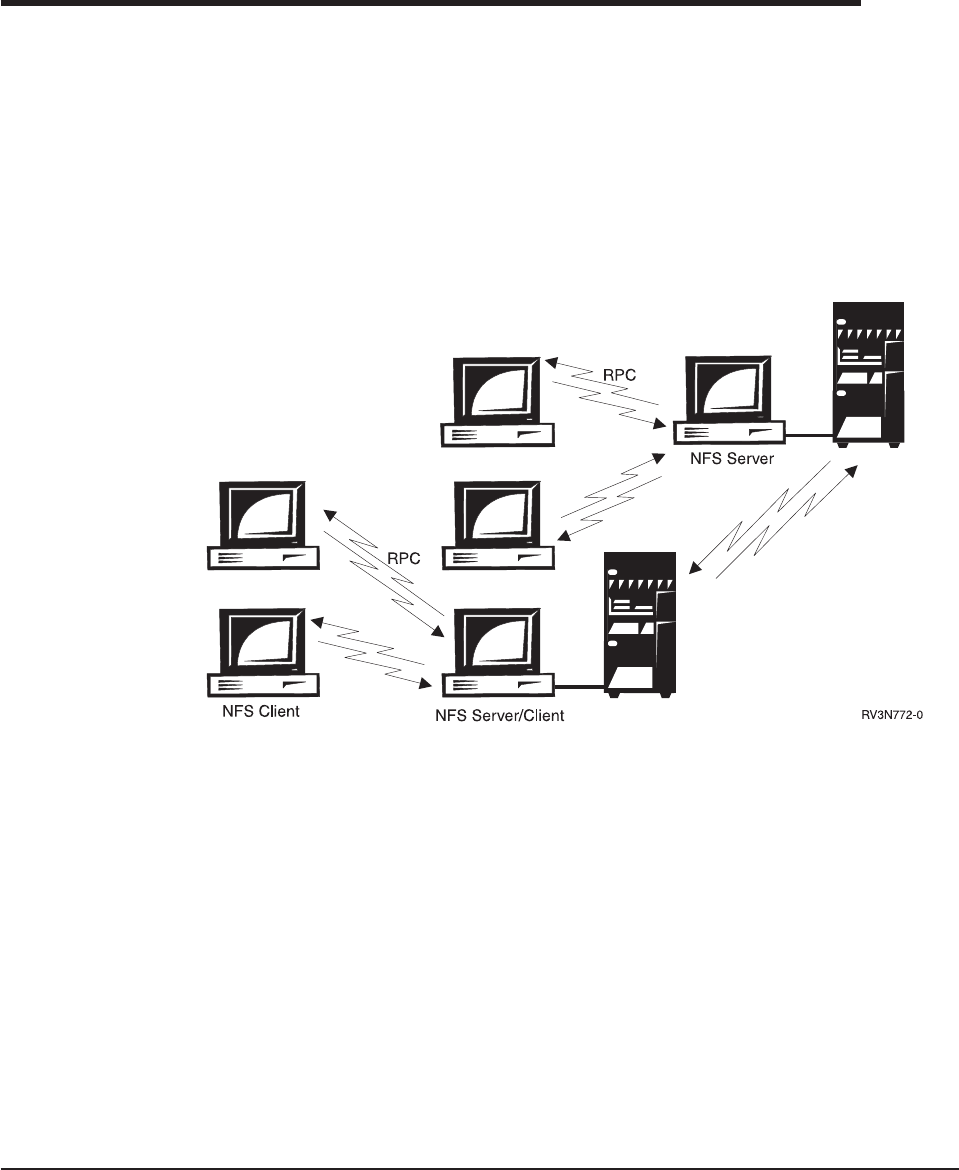
Chapter 2. The Network File System Client/Server Model
To understand how the Network File System works on AS/400, you must first
understand the communication relationship between a server and various clients.
The client/server model involves a local host (the client) that makes a procedure
call that is usually processed on a different, remote network system (the server). To
the client, the procedure appears to be a local one, even though another system
processes the request. In some cases, however, a single computer can act as both
an NFS client
and
an NFS server.
There are various resources on the server which are not available on the client,
hence the need for such a communication relationship. The host owning the needed
resource acts as a server that communicates to the host which initiates the original
call for the resource, the client. In the case of NFS, this resource is usually a
shared file system, a directory, or an object.
RPC is the mechanism for establishing such a client/server relationship within NFS.
RPC bundles up the arguments intended for a procedure call into a packet of data
called a network datagram. The NFS client creates an RPC session with an NFS
server by connecting to the proper server for the job and transmitting the datagram
to that server. The arguments are then unpacked and decoded on the server. The
operation is processed by the server and a return message (should one exist) is
sent back to the client. On the client, this reply is transformed into a return value for
NFS. The user’s application is re-entered as if the process had taken place on a
local level.
Network File System Client/Server Communication Design
The logical layout of the Network File System on the client and server involves
numerous daemons, caches, and the NFS protocol breakdown. An overview of
each type of process follows.
Figure 7. The NFS Client/Server Model
© Copyright IBM Corp. 1997, 1999 7





